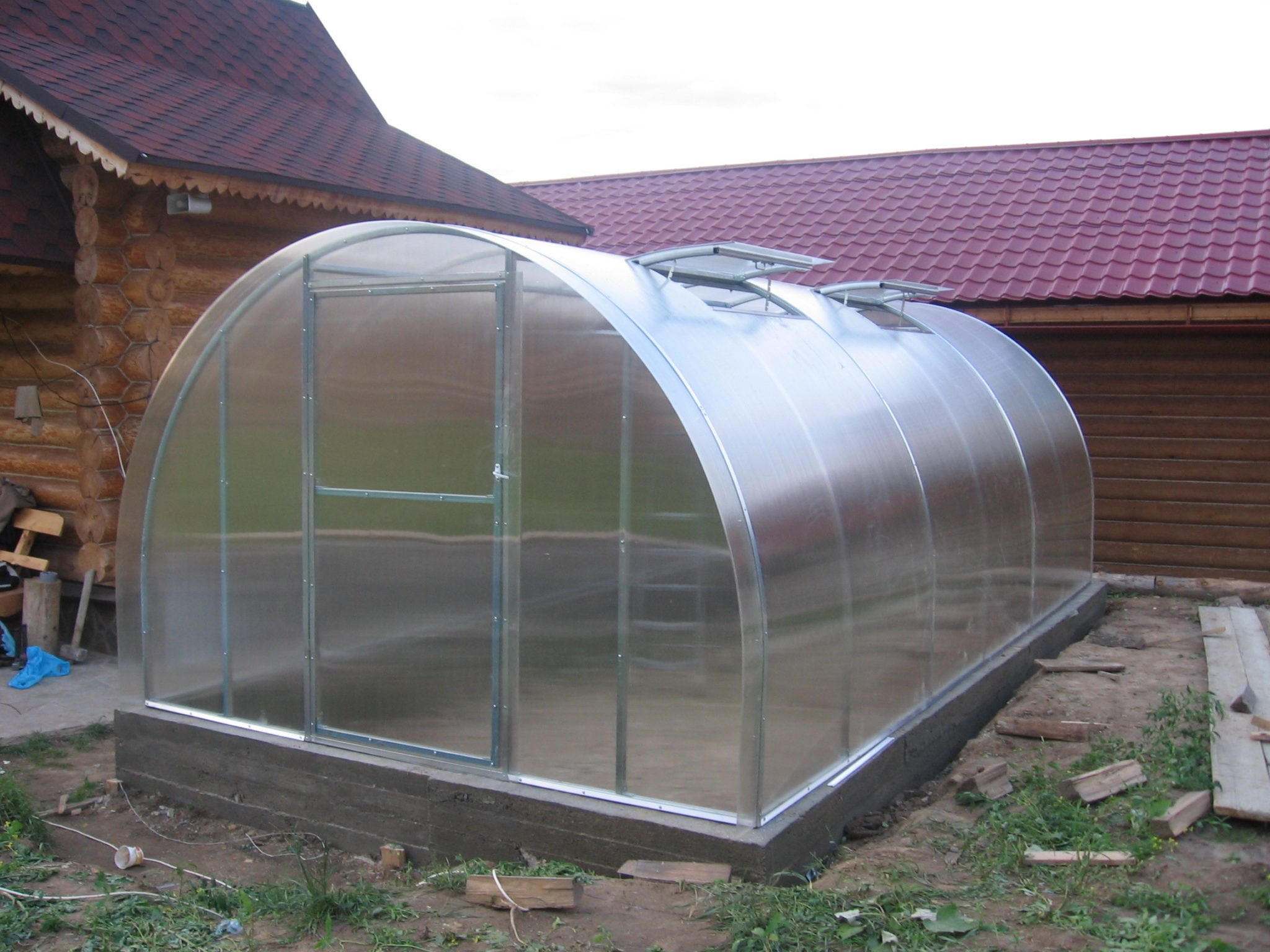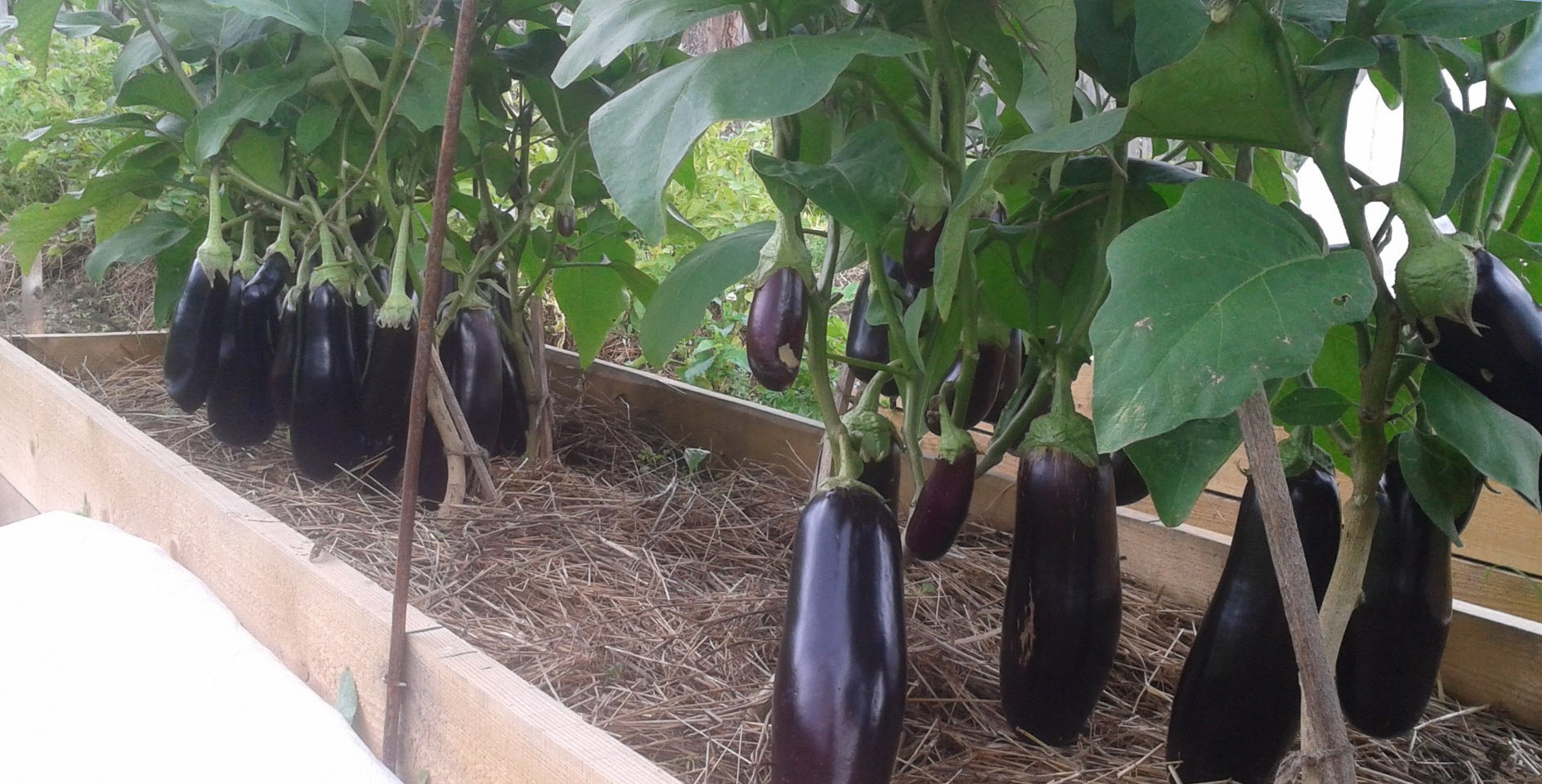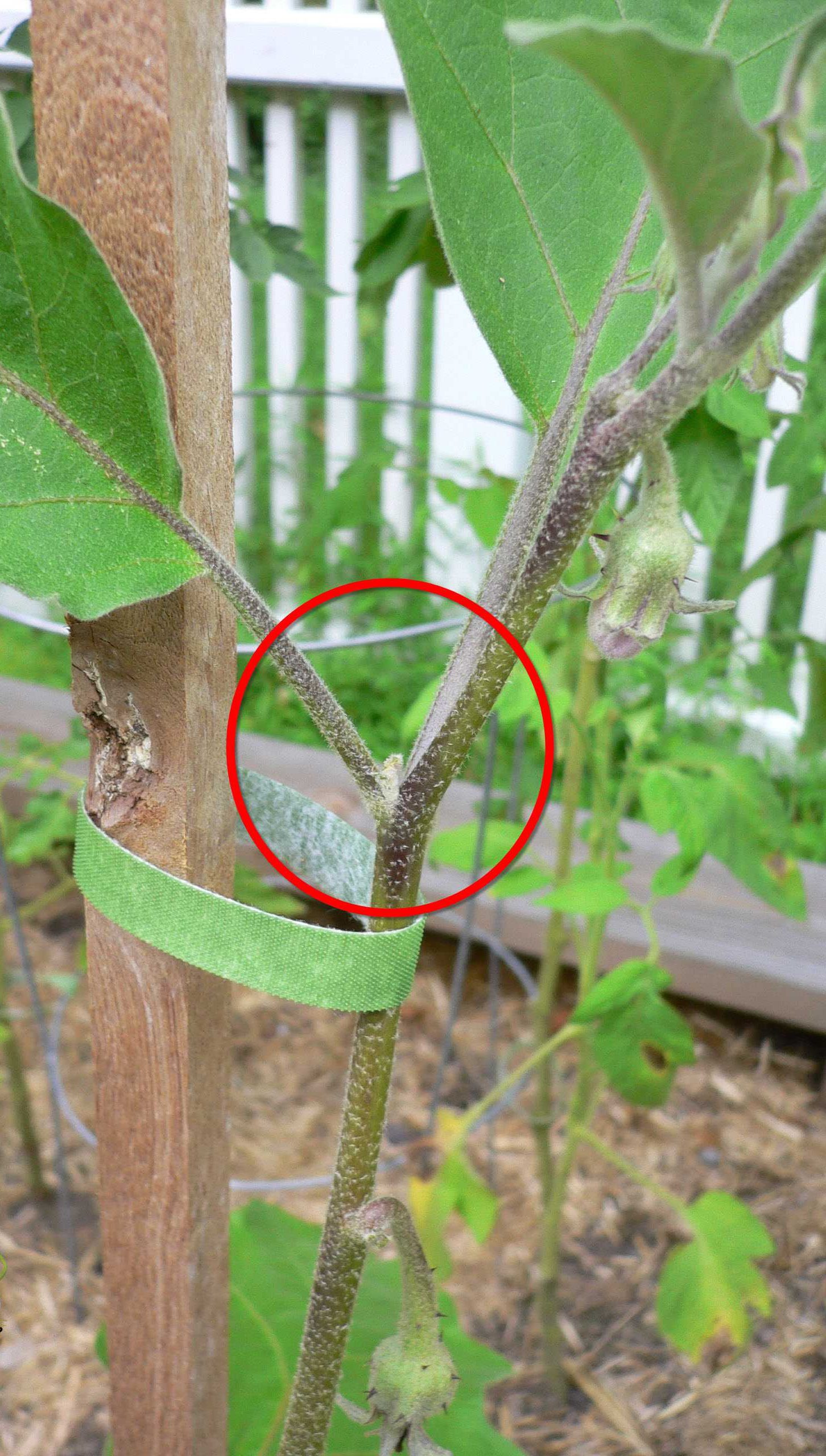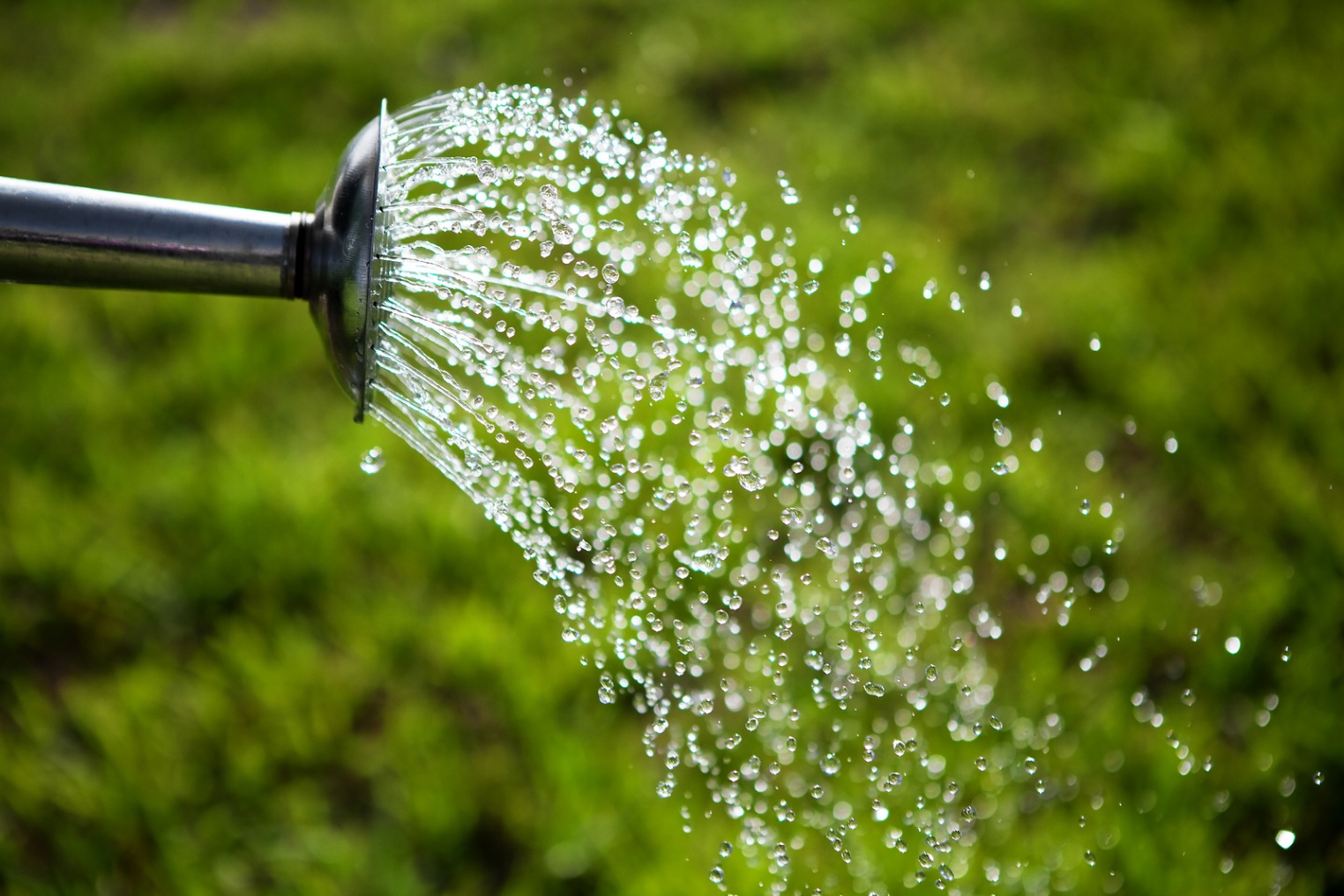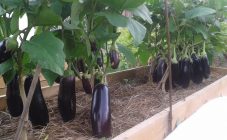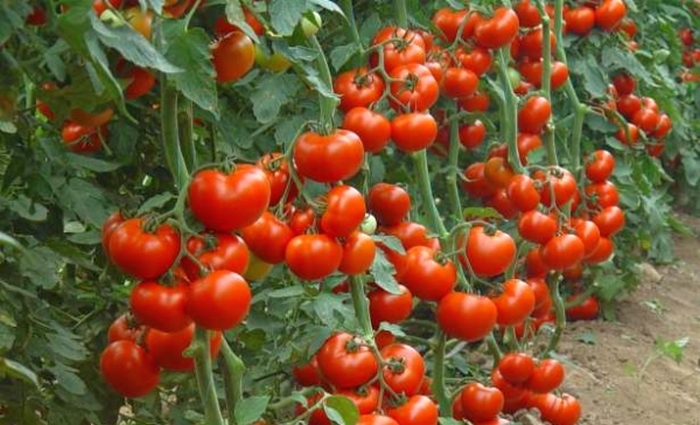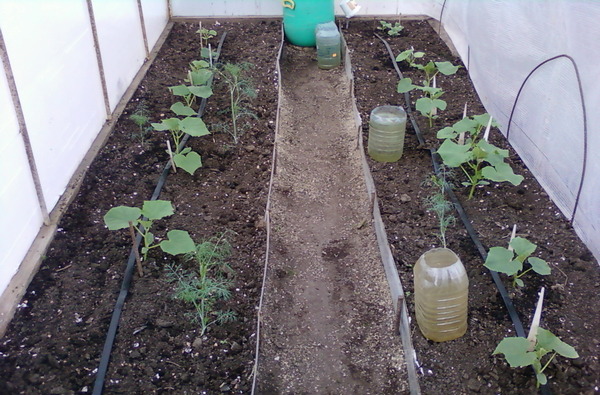Content:
Eggplant is a cultivated plant of the nightshade family. Its wild relatives can still be found in India, South Asia, and the Middle East. Europeans began to grow the crop en masse in the 19th century. A heat-loving vegetable in European territory is best grown in greenhouses, where ideal conditions can be created for it.
Characteristics and features of eggplant
From a botanical point of view, the eggplant fruit is a berry, but in cooking it is used as a vegetable. Its color is white, yellow, purple. Eggplants are fried, stewed, baked, grilled, canned, used to prepare caviar.
Today, breeders have bred a large number of varieties. They have different sizes, colors, shapes, and can be pear-shaped or almost spherical. Fruit weight also varies significantly, ranging from 30 g to 2 kg.
Eggplants are just as thermophilic as tomatoes. At all stages of development, they need temperatures above 20 ° C. The soil should also be warm enough.
Temperature fluctuations are also harmful to this crop.
The plant has increased requirements for light. If the plantings are very thickened and the weather is cloudy, the growth of eggplant slows down, the fruits are too small. The eggplant is difficult to transplant, as it is sensitive to the slightest damage to the roots. The soil for growing it must be loose and fertile.
Eggplant has bisexual flowers, flowering period lasts from July to September. When fully ripe, the pulp of the berry becomes tough and tasteless, so it is customary to pick it at the stage of technical maturity. Breeders have already developed varieties that do not contain bitterness and therefore do not require soaking.
Planting in a greenhouse
Planting this culture in a polycarbonate greenhouse is carried out exclusively by the seedling method. The seeds are pre-soaked in a biostimulator, and then planted to a depth of about 1 cm in boxes with nutrient soil. Before emergence, the container is covered with foil and kept at a temperature of 25-28 ° C.
The seedlings will appear above the soil surface in 2 weeks. At this stage, the box is moved to well-lit places and the room temperature is reduced to 20-23 ° C.
After the appearance of the first true leaf, the seedlings are dived into separate pots. To reduce stress on plants, it is useful to spray them with Epin before picking. After 3 weeks, the first feeding of the seedlings is carried out. The second feeding is carried out after another 20 days. By the time of transplanting into the greenhouse, the seedlings should have 5-7 leaves, strong stems, developed roots and a height of 10-12 cm. 2 weeks before planting in a permanent place, the plants must be hardened by airing the room daily.
At the time of transplanting, the seedlings should be 70-75 days old. This moment should coincide with the onset of stable heat in the region. In the middle lane, this is the second half of May. In a polycarbonate greenhouse, the temperature should not drop below 15 ° C, while the soil should warm up by 20 cm.It is from the moment suitable for planting seedlings in a greenhouse that 70-75 days are counted back to determine the time of sowing seeds.
In the northern regions, the building is best placed on a foundation. The calculation of the required area is made on the basis that for 1 sq. m is located 3-4 plants.
The soil in the eggplant greenhouse is prepared in the traditional way. It is cleaned of debris and plant residues, disinfected (for example, with copper sulfate), thoroughly dug up and fertilized with organic matter. As fertilizer, you can use humus, compost or peat (consumption - 1/2 bucket per 1 sq. M). An additive in the form of dolomite flour (2 tablespoons per 1 sq. M) will help reduce the acidity of the soil and enrich it with magnesium.
In the spring, it is enough to loosen the prepared soil - and you can plant young eggplants. The planting pattern assumes a distance between holes in one row of 30-40 cm and a row spacing of 60 cm.The depth of each planting hole should be about 15 cm.If the seedlings are planted in two rows, the plants should be staggered so that the plantings are not too thick. Adult eggplant bushes are not very tall, but spreading.
Step-by-step planting of seedlings:
- The wells are spilled with a weak solution of potassium permanganate.
- 1/2 cup of ash is added under each plant.
- Plants are planted one at a time, without deeply deepening.
- After planting, the soil is carefully tamped with your hands.
- Seedlings are watered abundantly with warm water under the root.
Necessary care
If you grow eggplants in a polycarbonate greenhouse, planting and care, the formation of a bush are all equally important for this capricious culture. Plants react sharply to temperature changes, changes in humidity, changes in watering regimes. It will take about 20 days for the planted bushes to adapt to new conditions, it is better not to disturb the eggplants with drafts and active sun at this time. It is recommended to arrange shading for them.
It is better to keep the greenhouse closed at night, and during the day it should be kept at a temperature of no more than 28 ° C. Ovaries will not form in the heat. In addition, when caring for eggplants, you will need to organize:
- Watering. Water the plants 1-2 times a week in the morning with warm water, the temperature of which is close to the air temperature. Both excess and lack of moisture are harmful to the culture. It is great if it is possible to organize a drip water supply in the greenhouse, which will flow directly to the roots.
- Loosening. The procedure is carried out several hours after watering. You need to loosen the soil shallowly so as not to damage the roots. This technique is necessary to prevent crust formation. It is recommended to rake the earth slightly to the bushes.
- Top dressing. The first time the plants are fertilized 2 weeks after planting the seedlings in the greenhouse. Top dressing should be carried out with nitrogen fertilizers, eggplants are their big fans. At the stage of the appearance of ovaries, the bushes are fed with an infusion of cut grass and yeast.
- Artificial pollination. Eggplants growing in a greenhouse need help with pollination. The flowers are shaken by hand. If the number of flowers is small, you can treat the bushes with special preparations to enhance flowering.
To increase yields, bushes are formed, the scheme depends on the variety. Removing stepsons and a garter are used for tall varieties, undersized bushes are formed independently. Bushes are tied to a trellis near each branch, where the stem is most fragile.
They start cutting off the stepsons in the morning. The plant is formed into 1 or more stems. Weak plants are formed in 1 stem, all lateral shoots are removed from them, and the main stem is tied vertically. The number of ovaries is also normalized, leaving only the largest ones.When formed into several stems, the strongest upper shoots are left, which are formed after pinching the growing point.
Prevention of diseases will be the treatment of seeds and soil before planting, adherence to temperature conditions and proper watering. Periodically, the bushes should be sprayed with Fitosporin solution, Bordeaux liquid or garlic infusion. To prevent pests, you can place sticky traps with bait in the greenhouse.
Secrets of Growth and Good Yields
To grow healthy plants in greenhouse conditions and get a good harvest from them, experienced gardeners recommend the following:
- It is better to plant the plants immediately in peat cups in order to avoid picking and damage to the roots in the future. For sensitive eggplant, this is an important nuance.
- Since it is a very thermophilic plant, it will love a warm garden bed. Root heating will ensure rapid growth and excellent crop health.
- It is recommended to mulch the ridge with cut grass so that moisture does not evaporate too quickly. Eggplants like to keep the soil slightly moist at all times. Water them strictly at the root.
- As an additional fertilizer, wood ash can be poured under the bushes 2 times a month. Eggplants are responsive to feeding.
A competent approach to the formation of bushes will allow you to get up to 20 large fruits from each plant.
If you take care of the eggplants according to all the rules, the return will be appropriate. With the right agricultural technology, even such a capricious culture will surely please with a high-quality harvest.

